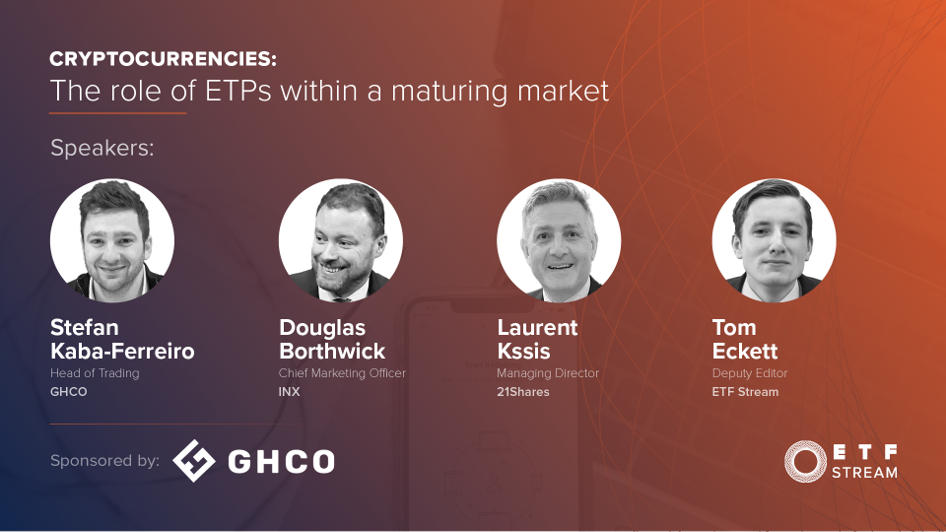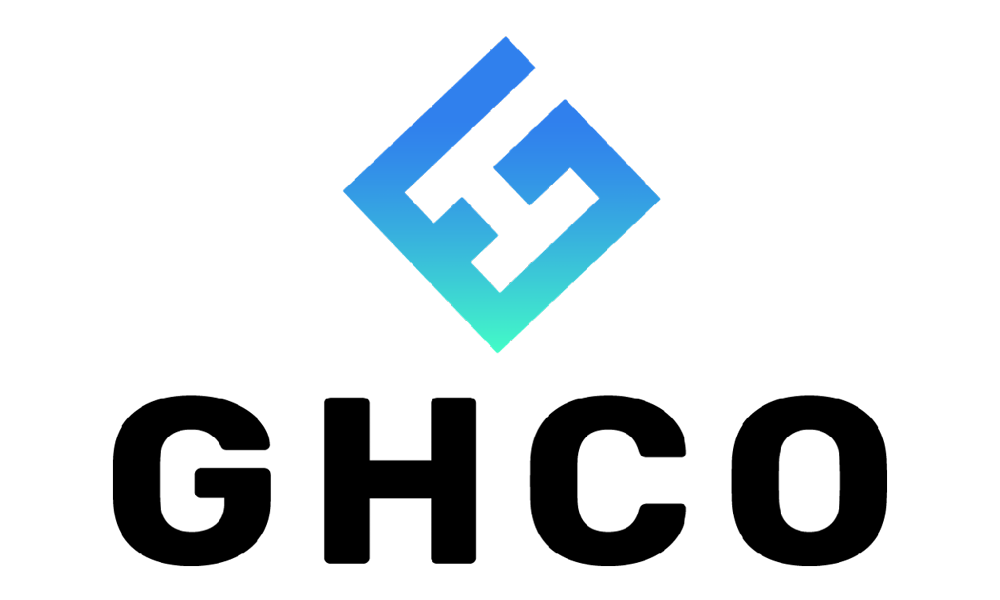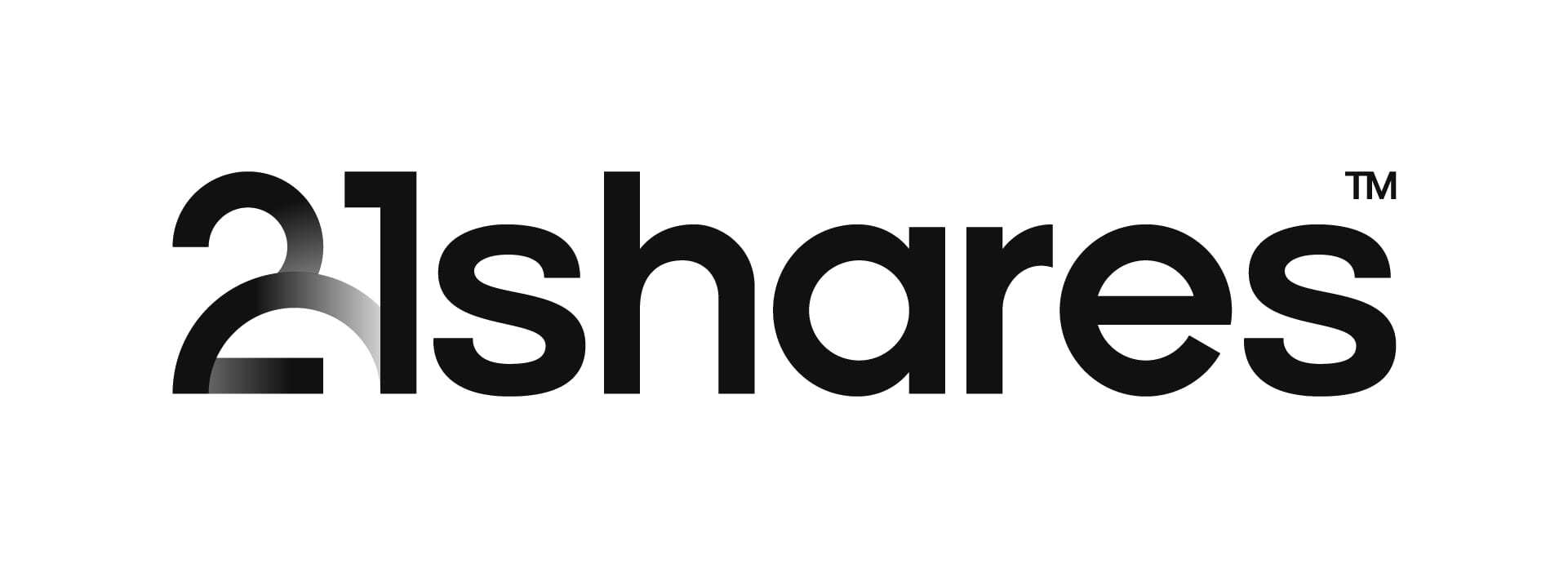The benefits of crypto ETPs, skyrocketing institutional investor demand and the challenges for market makers in the space were the key areas discussed during ETF Stream’s recent cryptocurrency ETP webinar in partnership with GHCO.
The webinar, entitled Cryptocurrencies: The role of ETPs within a maturing market, started by discussing the rapidly developing crypto landscape over the past few years since the first spike in prices in late 2017.
At that time, Douglas Borthwick, chief marketing and business development officer at INX, stressed it was retail investors who were investing in cryptoassets instead of the massive institutional players.
This, he highlighted, has been the biggest change since 2017 as the improving regulatory landscape combined with more custodians involved has enabled institutional investors to start allocating capital to digital assets.
Earlier this week, the price of bitcoin broke the $50,000 mark for the first time, however, many predict it is only just getting started with Citi forecasting the coin to hit as high as $300,000 by the end of the year.
“The players are much larger this time around,” Borthwick continued. “Negative interest rates across developed markets has helped adoption.”
Where exchange-traded products (ETPs) have aided the increasing uptake is by providing institutional investors with a traditional investment framework with which to gain access to a relatively young market.
Crypto ETPs in Europe hit $3.1bn assets under management (AUM) while the recent surge in bitcoin has driven this to $4.4bn.
Stefan Kaba-Ferreiro, head of trading at GHCO, said the ETP wrapper was a “great first step” in enabling investors to avoid having to manage the tech aspect of trading cryptoassets.
His views were echoed by Laurent Kssis, managing director at 21Shares, who said buying cryptocurrencies directly has risks involved from a custody perspective.
“Having a conventional vehicle is what makes ETPs attractive for investors in this market,” Kssis added.
One area of potential difficulty in Europe, Kaba-Ferreiro highlighted, is the fragmented nature of the market.
In particular, there are a number of different regulators with different views on crypto. For example, the Financial Conduct Authority (FCA) in the UK has banned the sale of crypto ETNs to retail investors. Meanwhile, investors in Germany can only access bitcoin and Switzerland has seen a whole variety of strategies listed.
“We are ahead of the US at the moment in the crypto ETP space,” Kaba-Ferreiro continued. “But we need to find a common ground in Europe if we want the market to evolve.”
In response to the growing demand for crypto ETPs, more market makers such as GHCO are starting to enter the space.
Kaba-Ferreiro said the key differences between trading crypto and other assets is they trade 24/7 and liquidity is split across a whole host of different exchanges globally.
“With bitcoin, there are exchanges all around the world in different currencies so it is about connectivity and tapping into as much liquidity as possible.
“We want to bring our pricing to this asset class to improve liquidity and make the spreads more competitive.”
Crypto and ESG?
Concluding the discussion was a focus on whether cryptoassets could be considered as ESG investments.
Kssis said that despite the energy cryptocurrencies require to be mined, the majority of miners are using renewable energy.
“A potential crypto ESG product could be one where only particular miners that only use clean energy are selected,” he added.
Meanwhile, Borthwick said participants should look at the environmental cost of fiat currencies such as the US dollar.
“Before people throw stones, they should probably realise just how much it costs to have fiat currencies running.
“All the different banks open with their lights on, printing money, day after day, forest after forest while money is now made with plastic; how is that good for the environment?”





